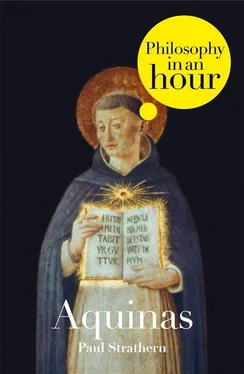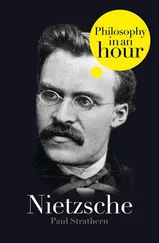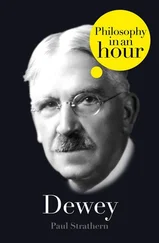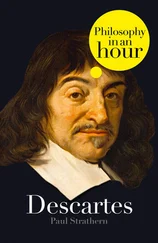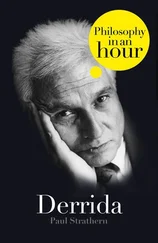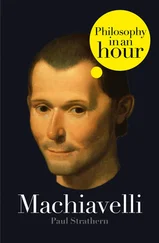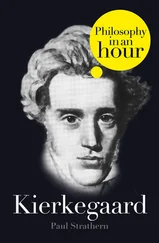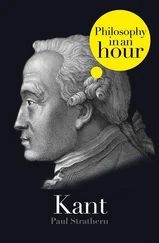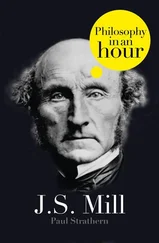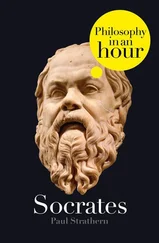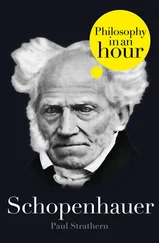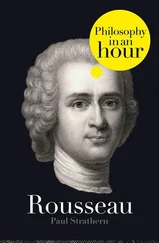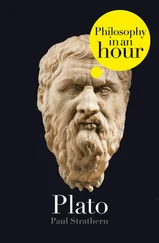When Thomas was five he was sent to school with the monks at Monte Cassino. Here his acute intellect and religious temperament soon became apparent. But after nine years his education was interrupted when Uncle Frederick expelled the monks, because he reckoned they were becoming too friendly with his enemy the pope. Thomas was then sent to the University of Naples, which had been founded by Frederick. (Unfortunately by this time Frederick had also decided to found a new religion, with himself as messiah; and when his chief minister turned down the job of St. Peter, he had him blinded and displayed in a cage.)
Under the protection of Frederick II the University of Naples had become an important center for the new knowledge that was beginning to spread through the medieval world. Classical learning was being rediscovered, and the University of Naples attracted learned men from the farthest corners of Europe. Thomas was taught logic by a learned Transylvanian called Master Martin, and he attended lectures on natural philosophy (science) given by Master Peter of Hibernia (Ireland).
It was Master Martin who introduced Thomas Aquinas to Aristotle’s treatises on logic, which played such a dominant role in medieval thinking. Aristotle is generally credited with the invention of logic in the fourth century B.C. The word logic derives from the Greek logos (word, or language) and originally meant something akin to ‘the rules of discourse’. Aristotle regarded logic as an organon (tool) for use in philosophy. As such, it could be used in every branch of knowledge. The purpose of logic was analytika , ‘to unravel’.
But the logic that Aquinas inherited in the thirteenth century had made very little advance in the millennia since it had been invented by Aristotle. Its main form of argument was the syllogism, described by Aristotle as ‘an argument where certain facts are set down, and these facts generate further knowledge which necessarily follows’. A simple example of a syllogism is as follows:
All human beings are mortal.
All Greeks are human beings.
Therefore all Greeks are mortal.
When it was used by Aristotle, this tripartite mode of argument proved highly productive, liberating thought and leading to new knowledge. The basic structure of Aristotle’s logic remained sound in Aquinas’s time, but its methods were beginning to become stale and restrictive. Argument was viewed as little more than a ritual employment of logical method, rather than the tool that Aristotle had intended. Such methods were regarded as the holy writ, and little attempt was made to improve upon them. Aquinas’s quick brain soon enabled him to become adept at this verbal dexterity. He also found himself drawn to more profound philosophical speculations and realised that such methods could be used here too, in order to clarify his thoughts.
At the same time Aquinas found himself increasingly attracted by the Dominicans. This monastic order had been founded just over a quarter-century earlier in 1215 by St. Dominic, a Castillian of fanatical orthodoxy. The purpose of the order was to stamp out heresy. Its members wore black robes and had originally wandered the countryside relying on alms for their subsistence. But recently the order had become more oriented toward learning, which under St. Dominic had been forbidden – like soft mattresses – without special dispensation.
Thomas Aquinas’s decision to join the Dominicans caused consternation in his family. Mindful of his exceptional intellect and religious temperament, they had encouraged him to join the church. With his talents and family connections he could easily have become archbishop of Naples, a suitably prestigious position for a descendant of the military commander of the Holy Roman Empire (Thomas’s grandfather, after whom he was named). But the thought of an Aquino wandering the highways of Italy, penniless and begging, met with a reaction similar to a modern general’s son hitching off to join a hippy colony in the caves of Crete.
Yet Thomas was determined. He saw himself as following in the footsteps of another scion of a prestigious family who had recently given up everything for his beliefs – Francis of Assisi. Some two decades earlier Francis had founded the order named after him. He had dedicated his life to caring for the sick and the destitute, a term he stretched to include the animals and the birds, whom he regarded as his brothers. Thomas was to remain inspired by the example of St. Francis throughout his life, despite their deep differences in aim and temperament. When Thomas was found muttering on his own, he would be working his way through an Aristotelian proof rather than having a fraternal chat with the birds.
Before Thomas’s parents could act to stop him, he joined the Dominicans and gave up his studies at Naples. The freshly fledged young Dominican now set off to walk to Paris, his mind filled with new ideas from the works of Aristotle, exhilarated by the prospect of a life of holy penury devoted to study. Paris was the greatest center of learning in Christendom. Thomas wished to study there with Albertus Magnus, one of the finest scholars of the age, who was renowned for his commentaries on Aristotle.
The nineteen-year-old Thomas managed to get eighty miles down the road, as far as the shores of Lake Bolsano, north of Rome. Then his brothers, who had been dispatched on horseback by his mother, caught up with him. Immediately they set upon Thomas, bound him, and carried him back to the family castle at Roccasecca. Here Thomas was imprisoned in a tower. In order to bring him to his senses, his father offered to fix him up with the post of abbot of Monte Cassino (now refurbished by Frederick II with monks who regarded the pope less favourably). But Thomas wasn’t interested in returning to become headmaster of his old school. What were the Aquinases to do with their obstinate offspring, who appeared determined to become a socially inferior saint? Thomas’s mother, who was of down-to-earth Norman stock, decided to try a more French approach – and introduced a buxom young peasant girl into Thomas’s tower one cold winter’s night.
According to the story, Thomas was attempting to coax a fire into life on the floor of his cell when the girl entered. He looked up, and through the flames he saw this apparition. He knew at once that his eyes were deceiving him. This wasn’t a scantily dressed young girl offering herself for a night of wild abandoned love – this was a salamander: a spirit of lust conjured up by some devilish magic. Thomas snatched a flaming faggot from the fire and brandished it at the girl. At once the apparition disappeared, fleeing through the door in case her inflammatory garb proved more inflammatory than she’d bargained for. In a state of ecstasy at his miraculous deliverance from this wanton spirit, Thomas raised the flaming faggot and drew a sign on his cell wall. According to tradition, this was the sign of the cross.
Thomas was to remain locked up in the family tower for a year, during which he read the Bible and studied Aristotle’s Metaphysics . This was the title given to a dozen or so of Aristotle’s short treatises which discuss, among other topics, the question of being (ontology) and the ultimate nature of things. The word metaphysics , which has become almost synonymous with philosophy, derives from the ancient Greek, meaning ‘above (or beyond) physics’. In this work Aristotle attempts to discover what conditions are true of all existent beings. Famously he asks: ‘What is substance?’ and goes on to discuss the difference between substance and essence, or matter and form. Aristotle rejected the Platonic notion that matter received its particular shape and identity from an ideal world of abstract forms. For Aristotle the form of a particular object is in many ways as concrete as its matter or substance. The form is regarded as its essence.
Читать дальше
